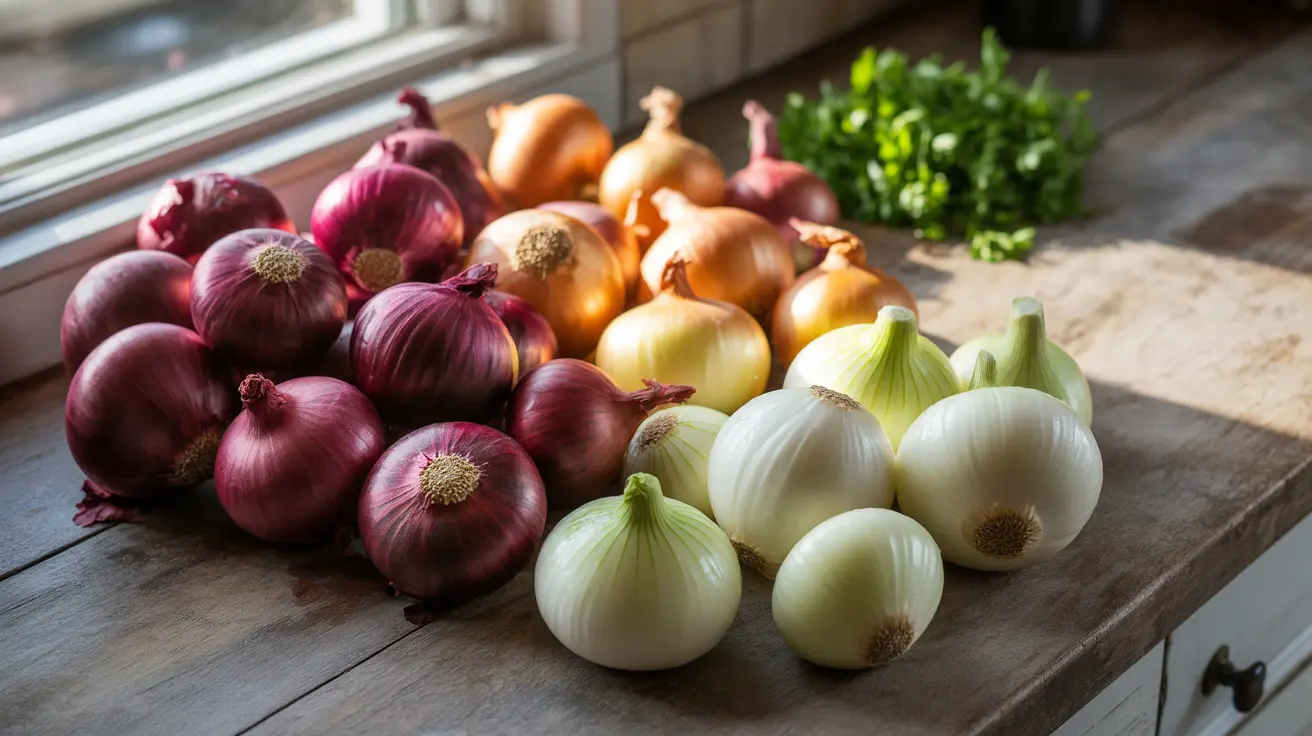Choosing between meal kit delivery services can feel overwhelming with so many options available today. Two popular contenders that frequently top comparison lists are Blue Apron and Green Chef, each offering unique approaches to home cooking convenience. While both services deliver pre-portioned ingredients and chef-designed recipes to your doorstep, they cater to different preferences and dietary needs.
Understanding the key differences between Blue Apron and Green Chef can help you make an informed decision that aligns with your lifestyle, budget, and nutritional goals. From pricing structures and meal variety to dietary accommodations and sustainability practices, these services have distinct characteristics that set them apart in the competitive meal kit market.
Pricing Structure and Value Comparison
Blue Apron typically positions itself as the more budget-friendly option, with meal plans starting around $9.99 per serving for their standard two-person plan. Their pricing decreases with larger orders, making it particularly appealing for families or those planning multiple meals per week. The service often runs promotional offers for new customers, further reducing the initial cost barrier.
Green Chef, on the other hand, commands a premium price point that reflects its focus on organic and certified ingredients. Meals generally start around $12.99 per serving, with some specialty plans reaching higher price points. While more expensive, Green Chef justifies this cost through USDA Organic certification and higher-quality protein options, including grass-fed beef and free-range chicken.
The value proposition differs significantly between these services. Blue Apron emphasizes affordability and accessibility, making it easier for budget-conscious consumers to try meal kit delivery. Green Chef focuses on premium ingredients and specialized dietary support, appealing to health-conscious consumers willing to invest more in their nutrition.
Meal Variety and Menu Options
Blue Apron offers a diverse weekly menu with typically 8-10 meal options to choose from, covering various cuisines and cooking styles. Their recipes tend to focus on approachable, family-friendly dishes that don't require advanced cooking skills. The service regularly introduces seasonal ingredients and trending flavor profiles to keep the menu fresh and engaging.
Green Chef provides a more curated selection, usually featuring 6-8 meals per week that align with specific dietary philosophies. Their menu emphasizes clean eating principles, with recipes that highlight the natural flavors of organic ingredients. While the selection may be smaller, Green Chef's meals often incorporate more sophisticated cooking techniques and gourmet ingredients.
Both services rotate their menus weekly, though Blue Apron tends to offer more international cuisine varieties. Green Chef focuses heavily on Mediterranean, paleo-inspired, and plant-forward dishes that support various wellness goals.
Organic Ingredients and Special Diet Accommodations
Green Chef clearly leads in the organic ingredients category, holding USDA Organic certification for the majority of its ingredients. This certification ensures that produce, dairy, and pantry items meet strict organic standards, including the absence of synthetic pesticides, herbicides, and GMOs. The service also prioritizes sustainably sourced proteins and wild-caught seafood when available.
Blue Apron has made efforts to incorporate more organic options but doesn't maintain comprehensive organic certification. The service does offer some organic produce and responsibly sourced proteins, though these ingredients represent a smaller portion of their overall offerings compared to Green Chef.
For special dietary needs, Green Chef excels with dedicated meal plans including keto, paleo, plant-powered (vegan/vegetarian), and balanced living options. Each plan features carefully crafted macronutrient profiles designed to support specific health goals. Blue Apron offers vegetarian options and some low-carb choices but lacks the specialized meal plans that Green Chef provides for restrictive diets.
Serving Sizes and Meal Customization
Blue Apron offers flexible serving options, including two-person and family-size (four-person) meal plans. Their portions are generally generous, designed to satisfy typical American appetites. The service allows customers to choose 2-4 meals per week, providing good flexibility for varying schedules and needs.
Green Chef also provides both two-person and four-person options, though their portion sizes tend to be more precisely calibrated to support specific dietary goals. Keto meals, for example, feature carefully measured protein and fat ratios, while plant-powered options emphasize nutrient density over volume.
Both services allow meal skipping and plan modifications, though Green Chef's customization extends to selecting specific dietary plans that automatically filter menu options. Blue Apron relies more on individual meal selection from their broader menu.
Shipping Costs and Delivery Logistics
Blue Apron includes shipping in their meal pricing for most areas, making it easier to calculate total costs upfront. Their delivery network covers most of the continental United States, with reliable weekly delivery schedules. The service uses insulated packaging with ice packs to maintain food safety during transit.
Green Chef also includes shipping costs in their pricing structure, though their delivery coverage may be more limited in some rural areas. Their premium positioning extends to packaging quality, often using more sophisticated insulation systems to protect organic ingredients during shipping.
Both services deliver on scheduled days each week, typically allowing customers to select their preferred delivery day from available options in their area.
Environmental Impact and Packaging Practices
Blue Apron has implemented several sustainability initiatives, including recyclable insulation made from denim and efforts to minimize food waste through precise portioning. Their packaging includes recyclable cardboard boxes and some biodegradable materials, though not all components are environmentally friendly.
Green Chef emphasizes environmental responsibility as part of their brand identity. Their packaging incorporates more recyclable and biodegradable materials, and their organic ingredient sourcing supports sustainable farming practices. The service has made commitments to reducing packaging waste and increasing the use of renewable materials.
Both companies face ongoing challenges with meal kit packaging waste, but Green Chef's environmental initiatives tend to be more comprehensive and aligned with their organic, health-conscious positioning.
Frequently Asked Questions
What are the main differences between Blue Apron and Green Chef in terms of price and meal options?
Blue Apron offers more affordable pricing starting around $9.99 per serving with 8-10 weekly meal options, focusing on accessible, family-friendly recipes. Green Chef commands premium pricing around $12.99 per serving with 6-8 weekly options that emphasize organic ingredients and gourmet preparation methods.
Which meal kit delivery service offers more organic and special diet plans: Blue Apron or Green Chef?
Green Chef significantly outperforms Blue Apron in both categories. Green Chef maintains USDA Organic certification for most ingredients and offers dedicated meal plans for keto, paleo, plant-powered, and balanced living diets. Blue Apron includes some organic options but lacks comprehensive certification and specialized dietary plans.
How do the serving sizes and meal flexibility compare between Blue Apron and Green Chef?
Both services offer two-person and four-person meal plans with options to select 2-4 meals weekly. Blue Apron provides generous portions suitable for typical appetites, while Green Chef offers more precisely portioned meals calibrated to specific dietary goals and macronutrient requirements.
Is Blue Apron or Green Chef better for people with specific dietary needs like keto, paleo, vegan, or gluten-free?
Green Chef is substantially better for specific dietary needs, offering dedicated meal plans for keto, paleo, and plant-powered (vegan/vegetarian) diets with carefully calculated nutritional profiles. Blue Apron provides some vegetarian and low-carb options but lacks the specialized meal plans and nutritional precision required for restrictive diets.
What are the shipping costs and environmental packaging practices for Blue Apron versus Green Chef?
Both services include shipping costs in their meal pricing and deliver nationwide with insulated packaging. Green Chef demonstrates stronger environmental commitment through more comprehensive recyclable packaging materials and organic ingredient sourcing that supports sustainable farming practices, while Blue Apron has implemented some sustainability initiatives including recyclable denim insulation.




